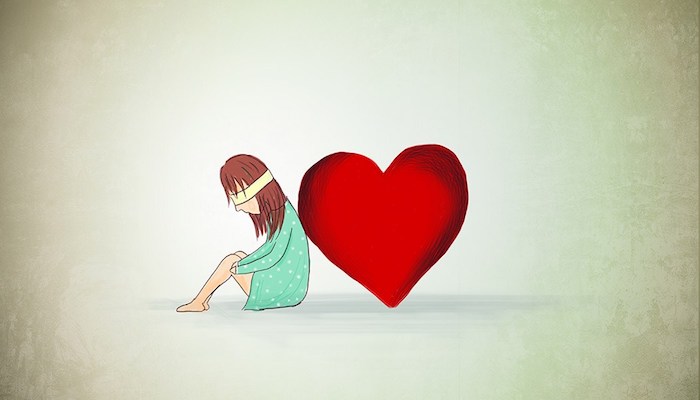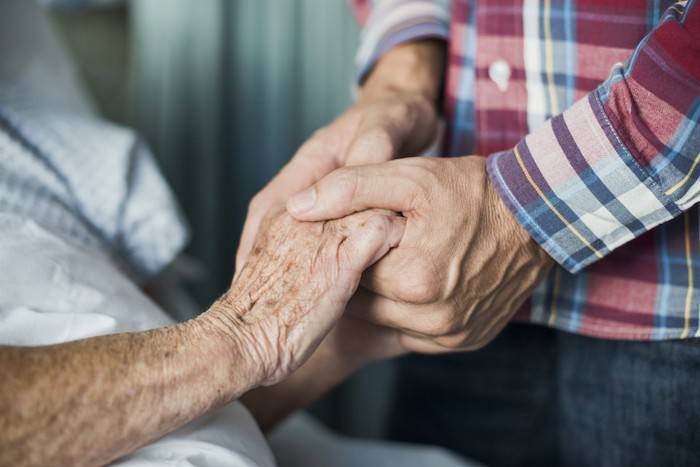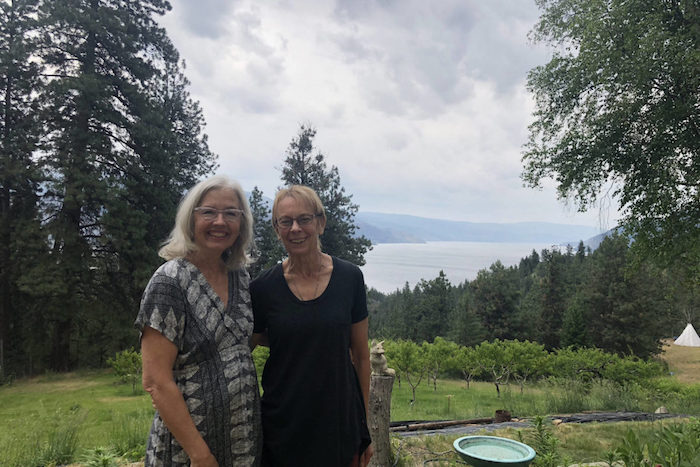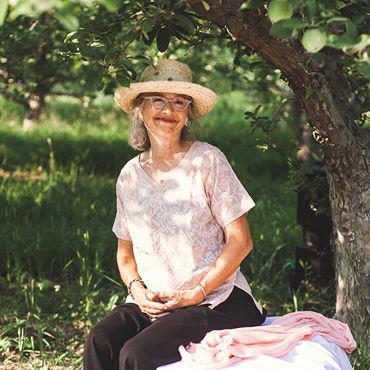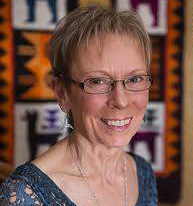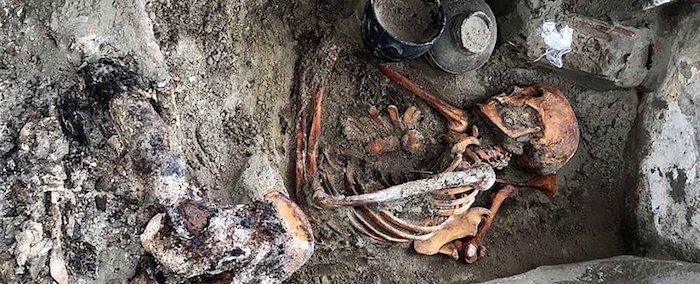by
Although everyone experiences anticipatory grief—a feeling of loss before a death or dreaded event occurs—some have never heard of the term. I didn’t understand the power of anticipatory grief until I became my mother’s family caregiver. My mother suffered a series of mini strokes and, according to her physician, they equaled Alzheimer’s disease. I cared for my mother for nine years and felt like she was dying right before my eyes.
To help myself, I began to study anticipatory grief. While I cared for my mother I wrote a book on the topic. Writing a book parallel to my mother’s life was an unusual experience. Later, Dr. Lois Krahn, a Mayo Clinic psychiatrist, helped me with the final version. Our book, Smiling Through Your Tears: Anticipating Grief, was published in 2005.
Writing the book made me aware of the power of anticipatory grief and I went on AG alert. I had severe anticipatory grief when my husband’s aorta dissected in 2013. My husband was literally bleeding to death. Surgeons operated on him three times in a desperate attempt to stop the bleeding. Every time he went to surgery I thought it would be the last time I would see him.
My grief was so intense I began to plan his memorial service.
Although you realize you’re experiencing anticipatory grief, you may not understand its power. Here are some of the sources of that power.
Your thoughts jump around. You think about the past, the present, and a future without your loved one. These conflicting thoughts can make you worry about yourself. Friends may notice your distraction and think you have some sort of psychological problem. You don’t have a problem; you are grieving.
Every day is a day of uncompleted loss. If you are a long-term caregiver as I was, you wonder if your grief will ever end. Worse, you may wonder if you will survive such intense feelings. You may start to feel like anticipatory grief is tearing you apart.
The time factor can grind you down. Since you don’t know when the end will come, you are on constant alert. Friends may not understand your feelings and wonder why you’re grieving if nobody has died. Explaining your feelings to others is hard because you can hardly track them yourself.
Suspense and fear are part of your life. Because you fear others won’t understand, you keep your feelings to yourself. Grief experts call this “stuffing feelings” and you may feel stuffed with worry, insecurity, and sadness. Uncertainty seems to rule your life.
Anticipatory grief can become complex. Grief expert Therese A. Rando, PhD, author of the article, “Anticipatory Grief: The Term is a Misnomer but the Phenomenon Exists,” says anticipatory grief imposes limits on your life. That’s bad enough, but as time passes, your anticipatory grief keeps expanding. “I’m tired of waiting for my mother to die,” a friend of mine admitted. I understood her feelings.
There is a shock factor. Edward Myers, in his book When Parents Die: A Guide for Adults, says anticipatory grief doesn’t have the shock of sudden death, yet it exacts a terrible toll. As he writes, “If sudden death hits like an explosion, knocking you flat, then a slow decline arrives like a glacier, massive, unstoppable, grinding you down.”
Lack of an endpoint. Although you may think you know when your loved one’s life will come to a close, you aren’t really sure. Waiting for the end can put your life on hold, sap your strength, and prolong anticipatory grief.
You feel sorrow and hope at the same time. Hope may be the most unique aspect of anticipatory grief. While you’re grieving you hope a new drug will be invented, new surgery will be developed, or your loved one will experience a miraculous turn-around. Hope can keep you going.
Understanding anticipatory grief can keep you going too. Joining The Caregiver Space Facebook groups can be a source of support and hope. Remember, you are not alone. You are in the company of thousands of other caregivers, and we can help each other.
Complete Article ↪HERE↩!

